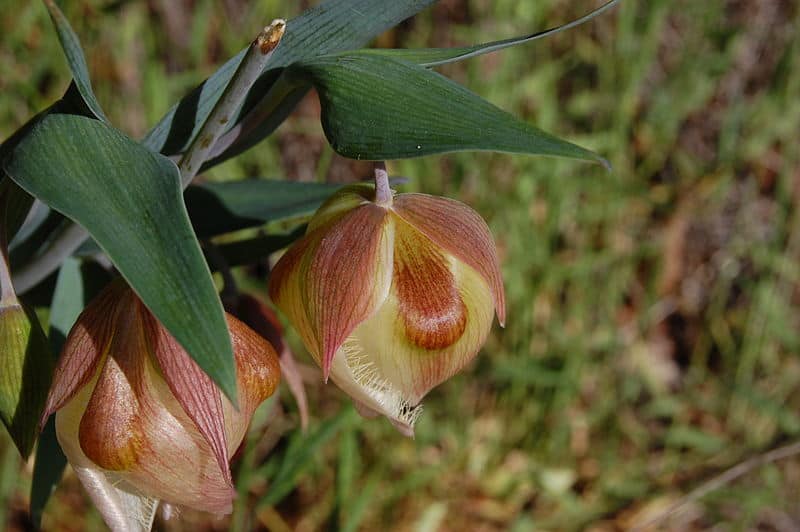 Source: http://bit.ly/2UmfaAR Photo: Eugene Zelenko CCL: http://bit.ly/2P4R3Ic
Source: http://bit.ly/2UmfaAR Photo: Eugene Zelenko CCL: http://bit.ly/2P4R3Ic
Fairy Lantern Facts
- Most notably, the term Fairy Lantern serves as one of the common names for a truly gorgeous plant. Others include the white fairy lantern, the pink fairy lantern, and the Indian bells, just to name a few. This stunning beauty of Nature also bears the scientific name of the Calochortus albus. But, by any name, it remains an extremely rare type of flowering plant, as well as highly endangered.
- The fascinating species also forms part of the lily family of flowers, a rather extensive grouping of plants. Furthermore, it also sometimes goes by the name White Globe Lily, and the Mt. Diablo Lily. In addition, this magnificent species also evolved as endemic to only a very small part of the world. Furthermore, except for a few stragglers, it actually occurs naturally on only one mountainside.
- Additionally, on occasion, a few of the stragglers appear in neighboring counties. However, these scattered individual specimens never seem to establish a permanent presence. Fortunately, for the moment, at least, its numbers appear to be stable throughout its range. Therefore, the IUCN presently has no listing for the Fairy Lantern. Nonetheless, it may be vulnerable to the effects of climate change.
Related Articles
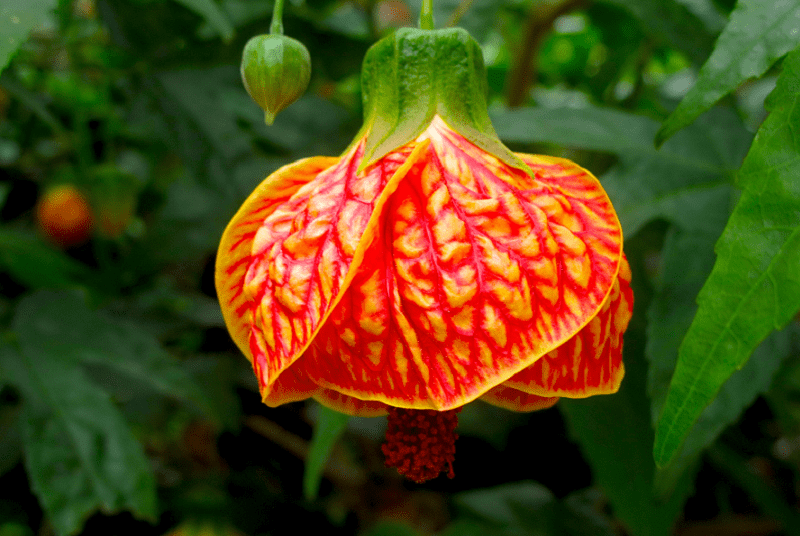
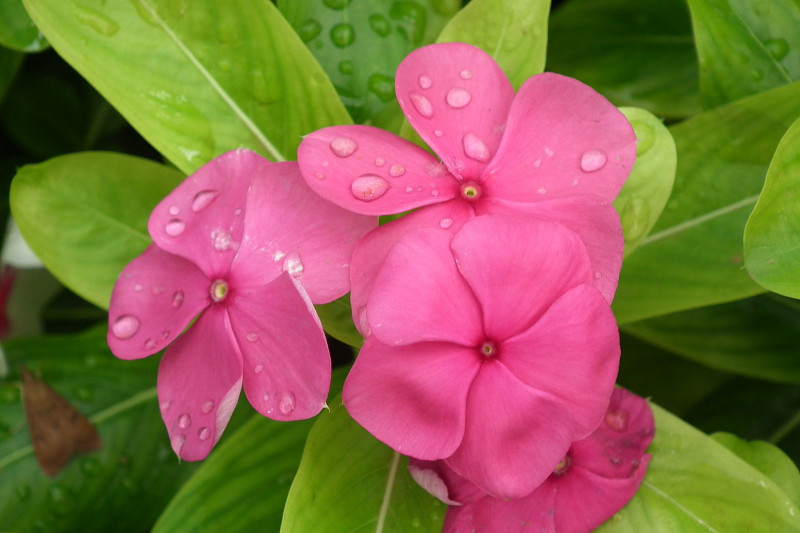
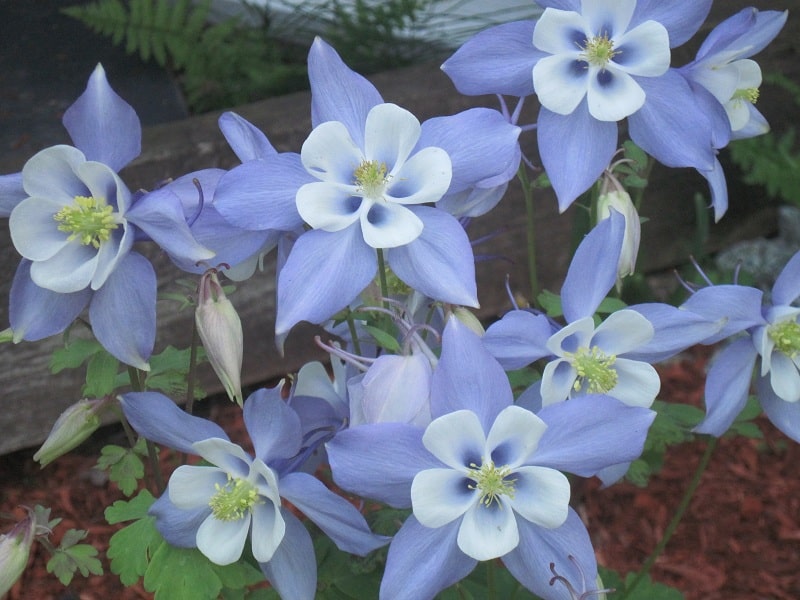
Fairy Lantern Physical Description
Perhaps most importantly, the wonderfully ethereal looking Fairy Lantern classifies as a variety of perennial herb. It also qualifies as an approximately average-sized species. That’s because the plant also produces a comparatively long, branching stem. Generally this feature attains a height of roughly 11.8 in (30 cm).
In addition, it displays a somewhat unusual physical characteristic. This occurs due to the fact that the lower leaves typically grow longer than the stem itself. Further, this remarkable foliage usually averages around 15.75 in (40 cm) in length. Also worthy of note is the fact that these most commonly remain throughout the life of the flower.
Yet, these do not appear alone. In point of fact, generally, 2-3 other leaves also appear further up the stem of the plant. These commonly remain much shorter than the lower leaves. Additionally, this foliage typically withers and dies after the plant blooms. This characteristic makes for a highly unusual combination.
Quite remarkably, the gorgeous Fairy Lantern also may produce either a single bloom or a cluster of several. All of these may be either white, pink, or a pale yellow in color. These blooms also typically develop spherical in shape. Finally, the ends of the petals always touch each other and most commonly have a covering of fine hairs.
- Kingdom: Plantae
- Phylum: Angiosperms
- Class: Monocots
- Order: Lilliales
- Family: Liliaceae
- Genus: Calochortus
- Species: C. albus
Fairy Lantern Distribution, Habitat, and Ecology
Quite unfortunately, the magnificent Fairy Lantern presently inhabits an extremely limited range. It currently remains undetermined whether it ever appeared anywhere else in the region. Presently, though, it only inhabits a tiny portion of the continent of North America. More precisely, however, this restricted territory consists of the slopes of Mt. Diablo, in California, in the United States.
However, this marvelous species displays a remarkable flexibility in terms of habitat choices. That’s due to the fact that , within this limited area, the amazing variety of flora actually appears in various habitats. In fact, this stunning little beauty primarily inhabits several areas normally considered inhospitable to similar plants. These regions consist of woods, shady grasslands, coastal bluffs, and rocky areas.
The Fairy Lantern also holds yet another claim to fame among those who learn of its. That’s because this wonder of Nature remains utterly unique within its genus in one extremely surprising respect. The small, delicate blooms possessed by the small Angiosperm actually never open. As strange as it may sound, these remain in their bud-shaped form throughout the endurance of the stunning bloom.
Species Sharing Its Range

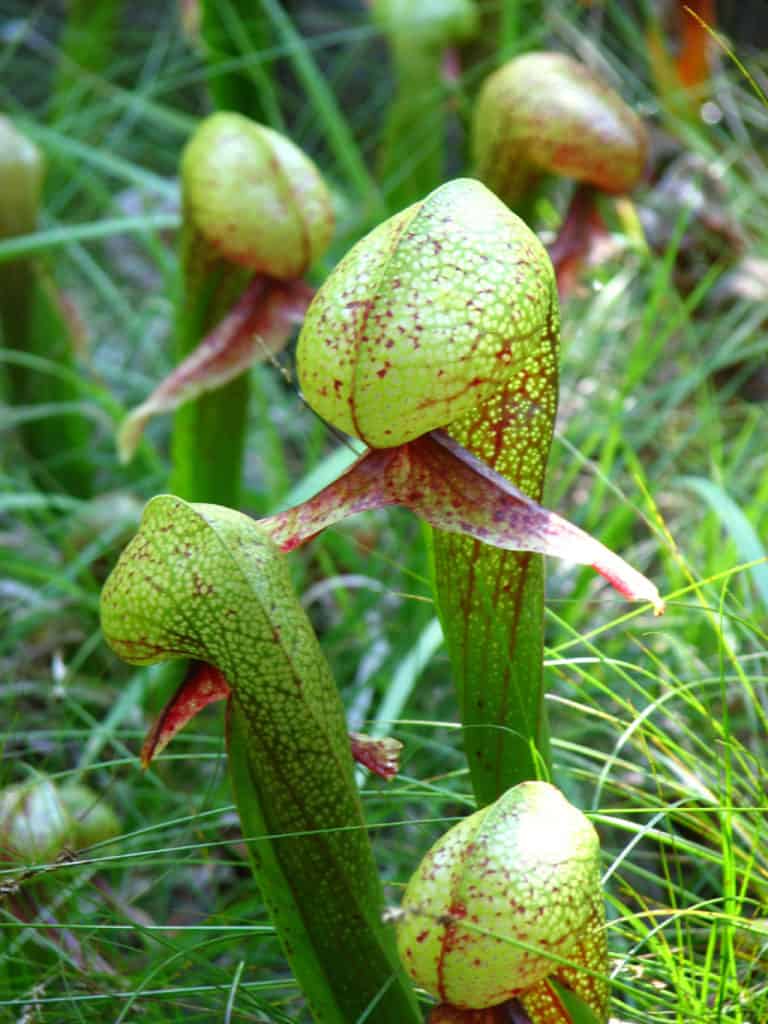

Check out our other articles on 5 Natural Marvels of Iceland, Red Panda, Verdon Gorge, Hillebrandia, Banded Piglet Squid, Snowy Owl, Axolotl, Dragon Moray Eel, Draco Volans
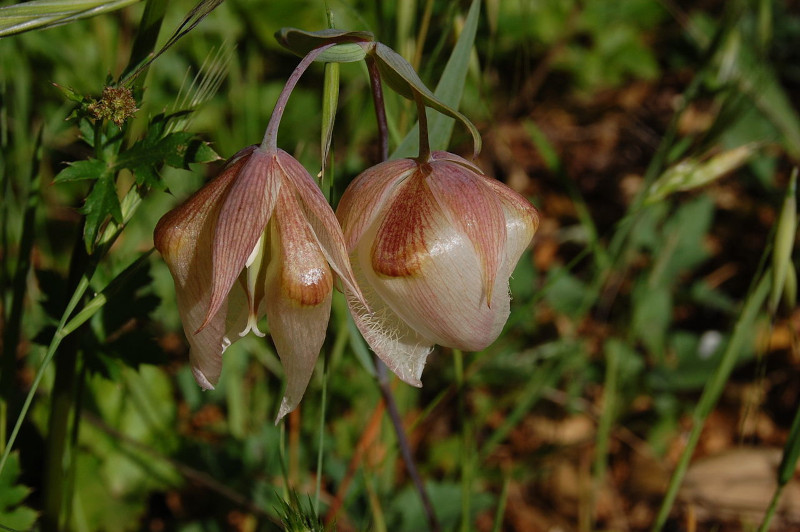










They also bloom in tuolumne county in the Columbia area and in the town of standard that’s the only place I’ve ever seen them